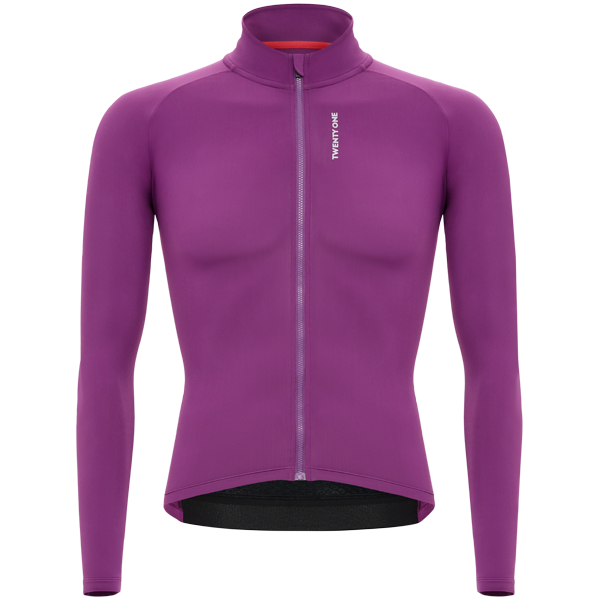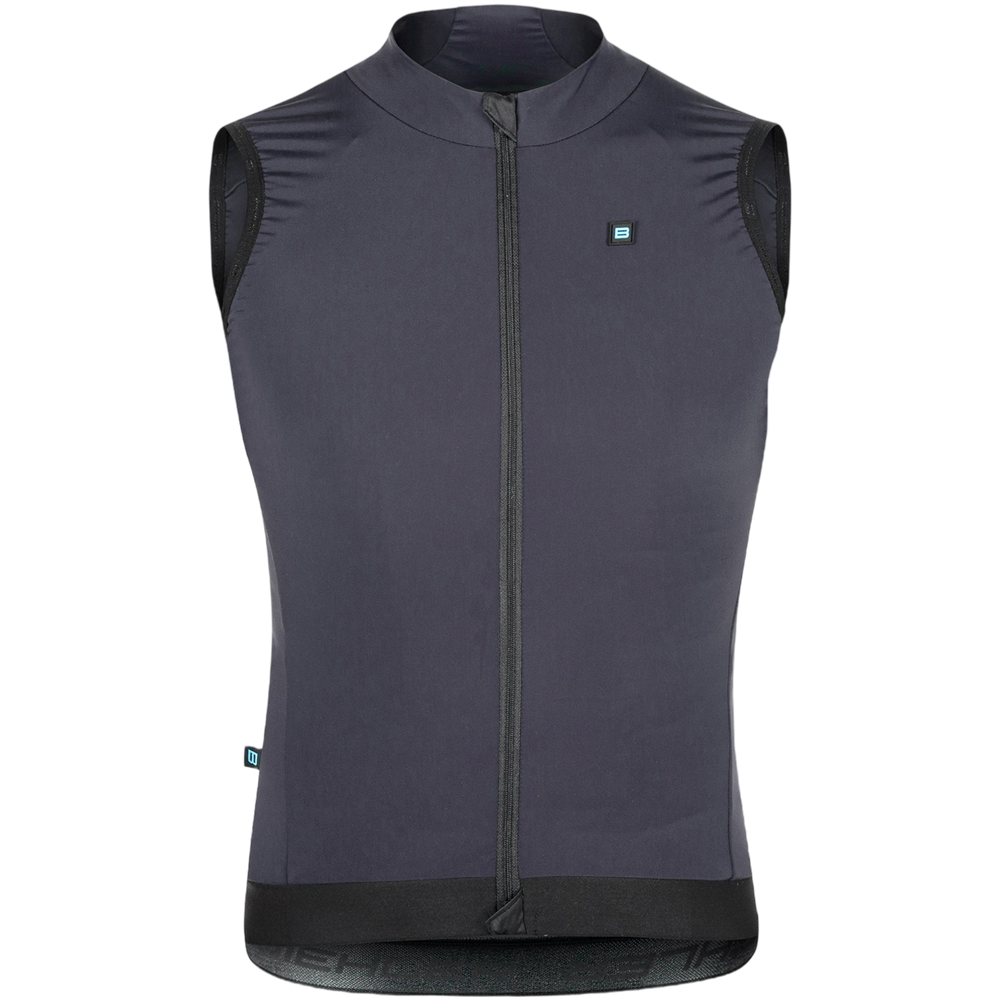As the 2024 Vuelta a España rolls through the Iberian Peninsula’s relentless terrain, this year's peloton is primed for an epic contest. With each rider striving to push the limits of human performance, the battle for the red jersey in this grueling Grand Tour is set to be one of the fiercest in recent memory. Among these athletes, those with the greatest potential for victory may owe their edge not only to intense training and tactical brilliance but also to cutting-edge technology that continues to revolutionize the sport.
Over the past decade, the influence of technology on cycling has been nothing short of transformative. Race times have dropped dramatically, a testament not just to the increasing professionalism within the peloton but also to innovations that enhance every aspect of rider performance. High-performance helmets, like the new POC Cytal Carbon, are at the forefront of these advancements.
The POC Cytal Carbon, already seen on the heads of EF Pro Cycling riders in this year’s Tour de France, features a handmade carbon wing with advanced aerodynamic design. The helmet is not merely a protective shell but a vital tool in optimizing airflow and cooling, critical factors in maintaining top performance during the Vuelta’s punishing climbs and descents.
As the race grinds through the punishing ascents of the Cuitu Negru and the legendary Lagos de Covadonga, where every watt of power and every second gained could spell the difference between victory and defeat, the role of such advanced equipment becomes increasingly apparent. The Cytal Carbon’s integration of state-of-the-art materials and design is a key example of how modern technology is enabling cyclists to push beyond the traditional limits of endurance and speed. It’s not just about protection—it’s about providing that crucial edge that could determine who ultimately stands on the top step of the podium in Madrid.
To achieve this breakthrough, POC drew on years of research and development, focusing on materials and aerodynamic principles that redefine what a helmet can do. The Cytal Carbon is beyond a protective tool; it's a meticulously engineered piece of equipment designed to optimize every aspect of a cyclist’s performance, from temperature regulation to aerodynamics and safety. This holistic approach reflects the growing role of technology in elevating athletic performance to new heights.
.webp)
IT WAS ALWAYS ABOUT SAFETY
Helmet technology has consistently been at the forefront of cycling innovation, serving as the rider's crucial first line of defense. From the 1970s through the early 2000s, designs prioritized protection, with less emphasis on aerodynamics or ventilation, lacking the refined engineering seen in today's models. As our understanding of cycling dynamics advanced, so did the demands on helmets. The 21st century has brought a new focus on balancing performance with safety—two key design principles behind the Cytal Carbon. Advanced materials like Koridion, combined with POC’s Whole Helmet Concept™, represent a major breakthrough, ensuring each element works in harmony to deliver unmatched protection, comfort, and performance.



THE EVOLUTION OF HELMET TECHNOLOGY
The Cytal Carbon represents the culmination of years of innovation at POC, beginning with their early efforts to improve helmet safety, ventilation, and aerodynamics. Over the years, POC has consistently pushed the envelope, seeking new ways to enhance rider performance through technology. The integration of the carbon wing is just the latest in a series of advancements that have made POC a leader in the field.
Wind tunnel testing and real-world validation with EF Pro Cycling riders have been integral to the helmet's development. These tests have not only confirmed the helmet’s aerodynamic benefits but also helped refine its design to ensure it performs at the highest level in competitive settings. The result is a helmet that is as effective at high speeds as it is in protecting the rider.
“We understand how crucial aerodynamics are and the impact they can have on a race. As our knowledge of human performance grows, it’s clear that cooling and ventilation are just as important. That’s why having a helmet that excels in both areas gives such a significant advantage. We collaborated closely with POC's engineers to fine-tune every detail, and both the riders and the team are really pleased with the results.”
Andreas Klier, Head of Performance, EF Pro Cycling
THE IMPACT OF VENTILATION AND AERODYNAMICS
Ventilation and cooling are no longer just nice-to-haves in a cycling helmet; they are critical components that can make or break a rider's performance. The Cytal Carbon helmet utilizes POC's renowned Venturi effect—an advanced airflow management system inspired by high-performance race cars and perfected over time. Handmade in Italy, this helmet boasts a precise shape and variable thickness, expertly designed to channel air across the rider's head with maximum efficiency.
Tested extensively in wind tunnels and fine-tuned through Computational Fluid Dynamics (CFD) simulations, the Cytal Carbon’s design ensures that it slices through the air with minimal resistance. This aerodynamic performance is crucial, particularly at higher speeds, where even the smallest drag reduction can translate into significant time savings.

THE WHOLE HELMET CONCEPT™
POC’s Whole Helmet Concept™ is a cornerstone of the Cytal Carbon's design. It’s a philosophy that insists on every component working together to enhance safety and performance. From the unibody shell construction to the Koridion-filled carbon wing, each element is meticulously engineered to contribute to the helmet’s overall integrity and functionality.
The Cytal Carbon’s EPS liner, featuring targeted density zones, is a perfect example of this philosophy in action. These zones are optimized to absorb and distribute impact forces effectively, ensuring that the helmet offers maximum protection without adding unnecessary weight. The helmet’s straps, eye garage, and adjustment system are all designed with the same attention to detail, ensuring a secure, comfortable fit that enhances the rider's overall experience.
%252520(2).webp)
THE SCIENCE BEHIND THE CYTAL CARBON
- THE CARBON WING
At the heart of the Cytal Carbon’s innovation is its carbon wing. Handmade in Italy, this wing is designed to optimize airflow and cooling, using principles borrowed from high-performance automotive engineering. Its precise shape and variable thickness create a Venturi effect, accelerating air over the rider's head and reducing turbulence. This results in not just better cooling, but also enhanced aerodynamic performance, allowing the rider to maintain higher speeds with less effort.
- THE WHOLE HELMET CONCEPT™
POC’s Whole Helmet Concept™ ensures that every component of the Cytal Carbon works in harmony. The unibody shell construction, Koridion-filled carbon wing, and EPS liner are all designed to provide maximum protection while maintaining a lightweight, comfortable fit. This synergy is critical in delivering the helmet's superior performance, ensuring that it is greater than the sum of its parts.
- CFD TESTING AND REAL-WORLD VALIDATION
The Cytal Carbon has undergone extensive CFD testing and wind tunnel validation, but what sets it apart is the real-world feedback from EF Pro Cycling riders. These athletes have provided invaluable insights that have been incorporated into the final design, ensuring that the helmet performs exceptionally well under the most demanding conditions. This rigorous testing process has resulted in a helmet that not only meets but exceeds the expectations of professional cyclists.



CYTAL CARBON — AND BEYOND
While POC has only given us a glimpse of what's to come in their next generation of helmet technology, the Cytal Carbon already sets a new benchmark for what cyclists can expect from their gear. As we look to the Vuelta 2024, it’s clear that this helmet will play a pivotal role in the performances we witness, pushing the boundaries of what’s possible in competitive cycling.
POC’s dedication to innovation means the Cytal Carbon is just the beginning. Leveraging the insights gained from its development and the ongoing advancement of technology, we can anticipate future helmets that will push boundaries even further, providing cyclists with even greater protection and performance enhancements.
Decades from now, we may look back on this era as a pivotal moment in cycling technology—a clear line between before and after the Cytal Carbon. For now, it's clear this helmet is transforming the game, with great innovations on the horizon.












.avif)
.avif)



